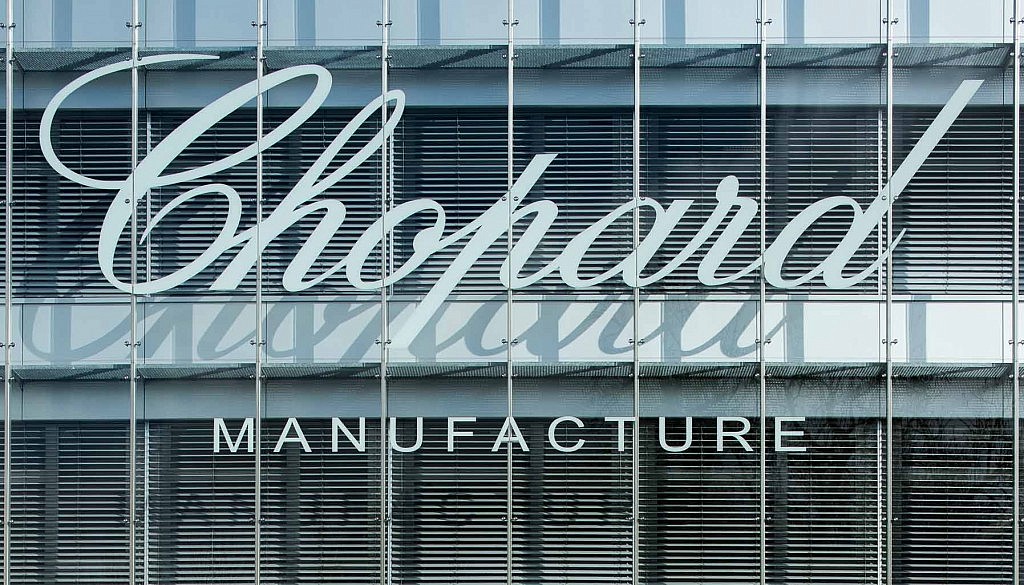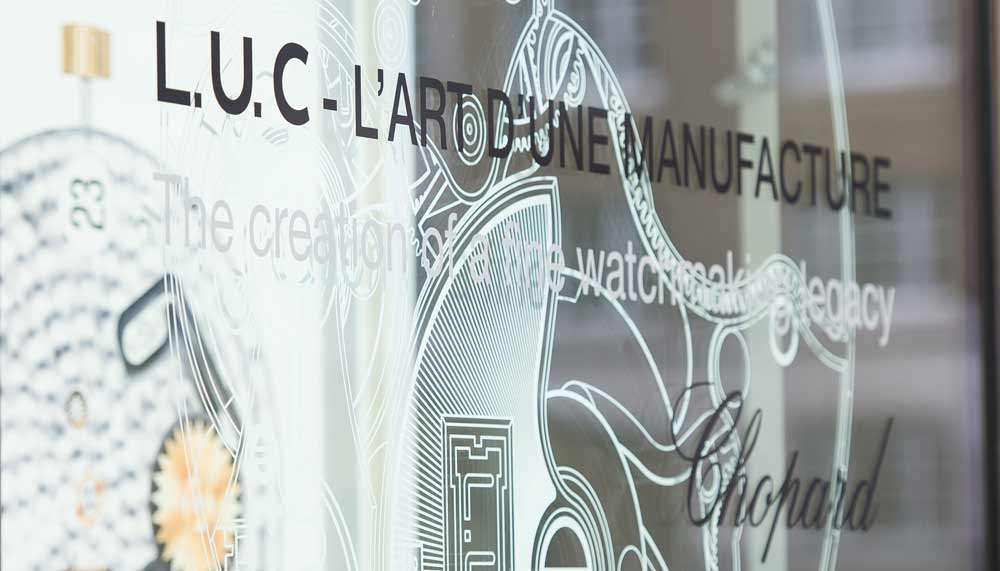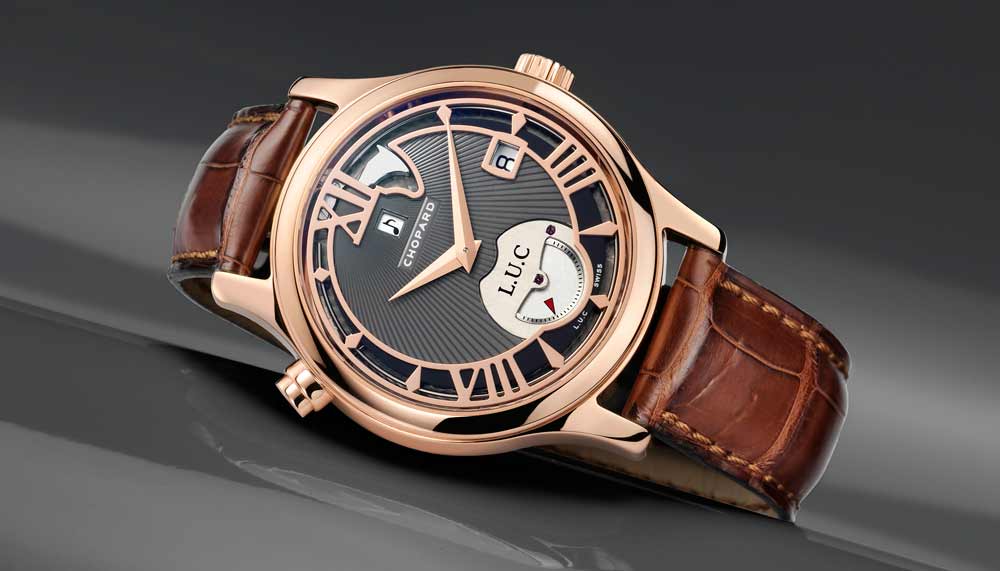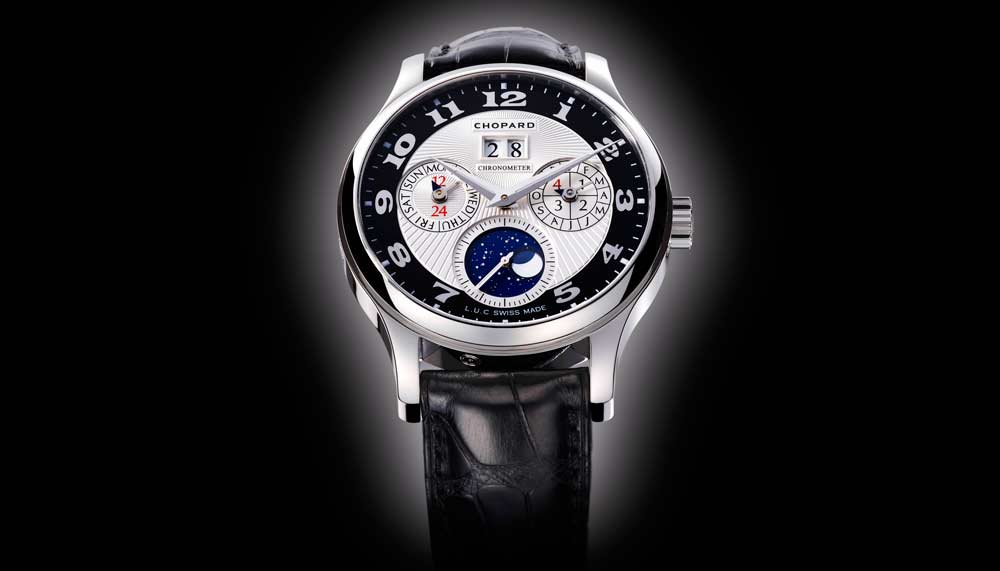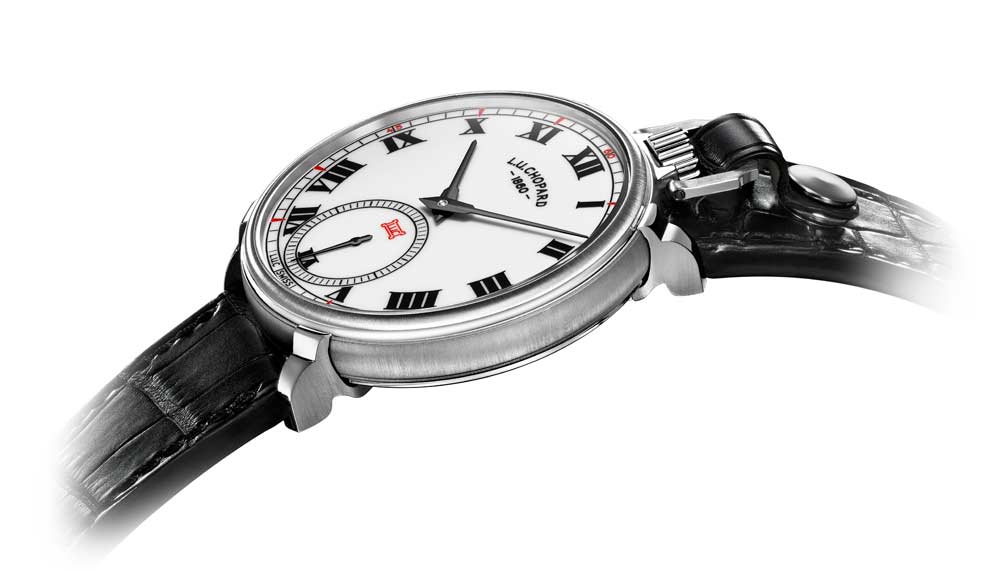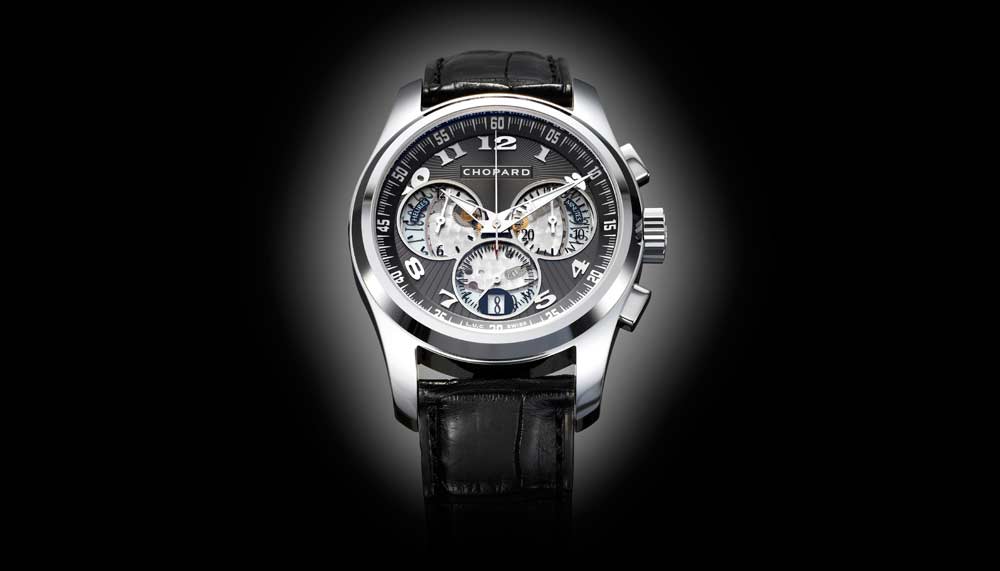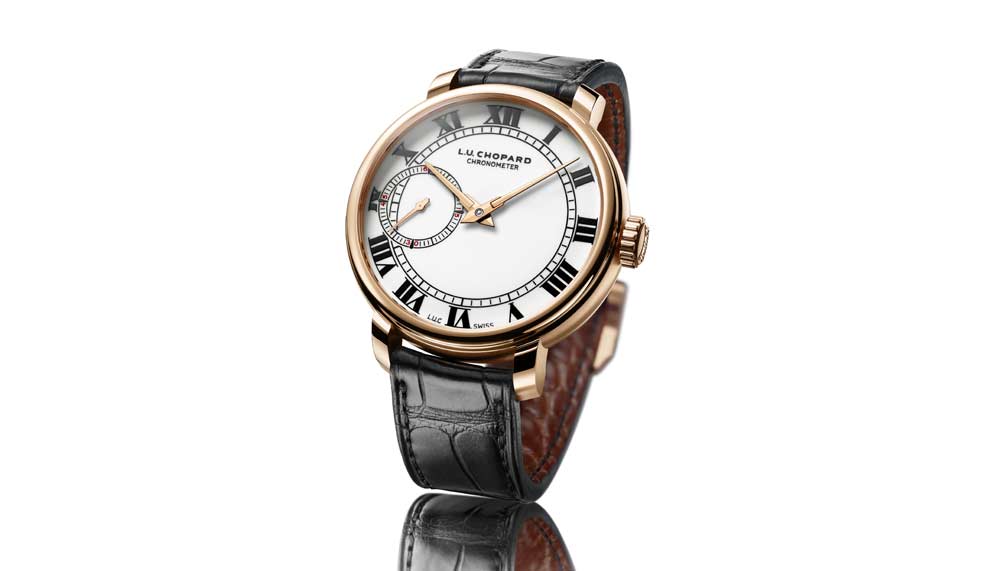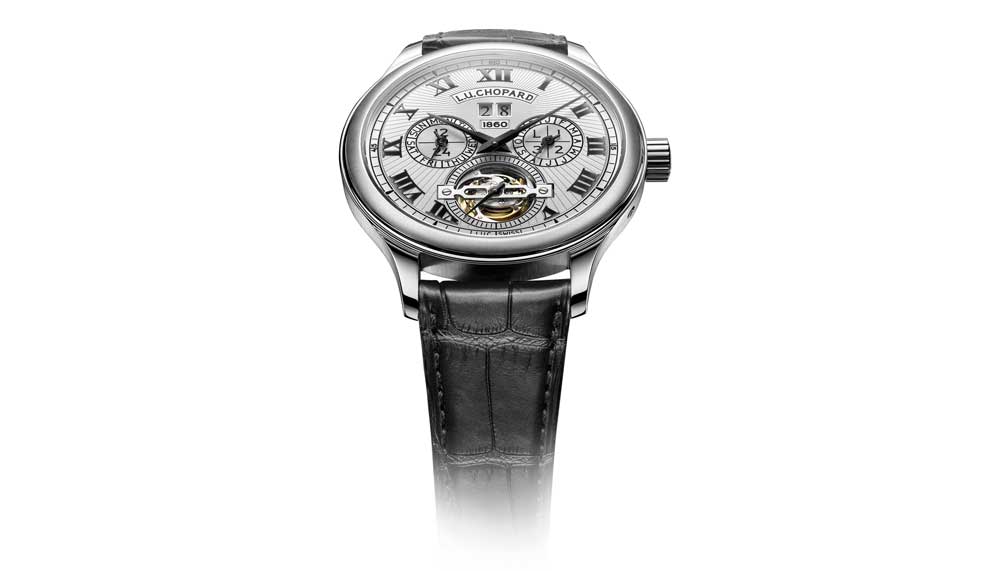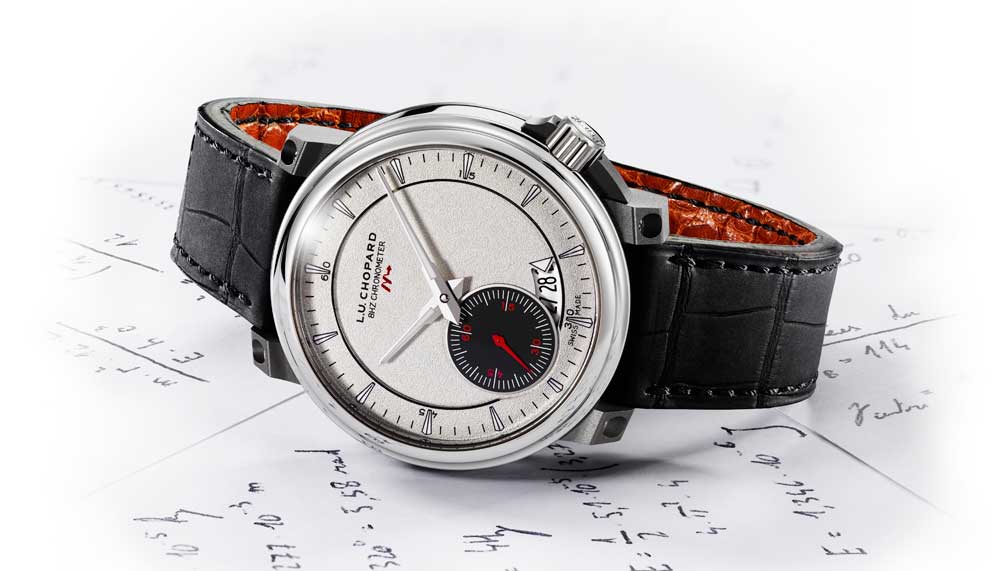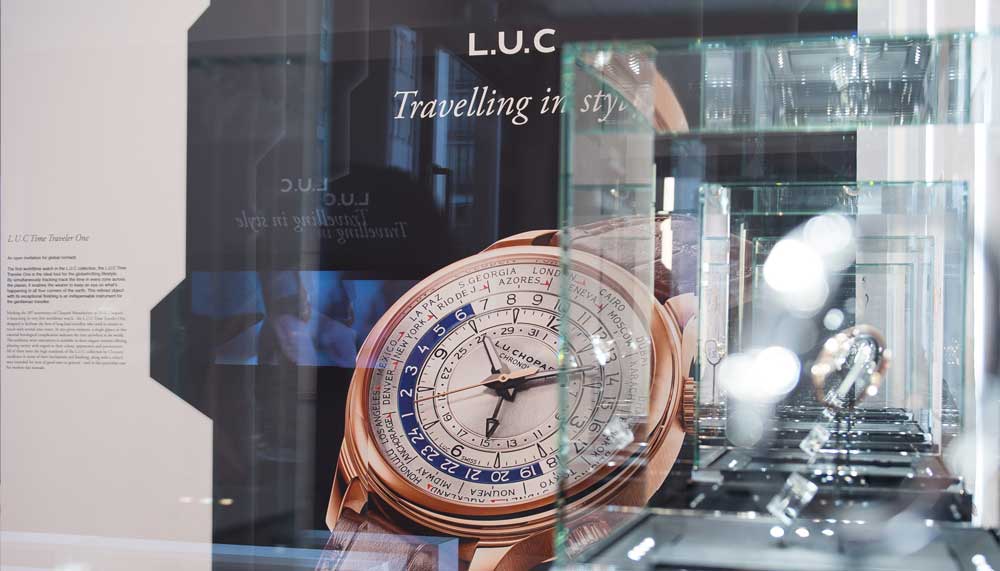Chime to celebrate
Chopard LUC began in 1996 as a tribute to the brand’s founder, Louis-Ulysse Chopard. Co-president of the company, Karl-Friedrich Scheufele, is the key driving force behind it, motivated by a desire to create movements worthy of Chopard’s illustrious history. Starting out with a blank canvas, he was determined that the first movement made fully in-house by Chopard had to be something special – something the market did not yet have.
That determination culminated in Calibre 1.96 (known today as Calibre 96.01-L), a double barrel, self-winding base movement with a micro-rotor. Exquisitely finished, it marked the beginning of a new journey for Chopard, one that would bring it to achieve some of the most state-of the- art complications in fine watchmaking.
What had been the greatest challenge about making your first movement? Finalising the working prototype and industrialising it. When we had the first movement ticking, I was very happy. But then I realised that this was only the beginning.
Calibre 1.96 has a number of uncommon traits and for a first base movement, that was a lot to deliver. Why was it so important to be different?
We cannot just make another automatic calibre. We were in the mid-90s; it wasn’t the 60s. We have to show some innovation, some progress. This is what we do with every one of our movements. If you make a mechanical movement today, it has to be according to the possibilities that we have today.
What are some milestones of the LUC line that really brought out the know-how of the manufacture?
Other than the first movement, the chronograph was an important milestone because it provided us with the second automatic movement with a central rotor. It also paved the way for our Fleurier ebauche, which is the even more industrial part of our activities. Then of course in 2010 we did the optimal complication, the All-In-One, and now finally the minute repeater.

The Full Strike is at once very traditional yet almost futuristic with its monobloc crystal gongs. How did that come about?
Most repeaters are a bit of a selfish experience because you could only listen to them by yourself, and I wanted to make one that allows you to share the experience with the people around you. That was the brief. We also didn’t want to have a slide as we wanted to provide a reasonable protection against humidity. Finally, we arrived at the idea to machine the gongs in a single-piece construction with the crystal, using it as an amplifier for the sound.
Does it bother you that crystal gongs are not exactly the most traditional?
This is almost a philosophical thing. There are companies using silicon parts. You could say it’s not traditional but it has some advantages which are undeniably interesting. I think the combination of traditional approach with some innovation is a very seductive solution. We didn’t want to make another similar minute repeater.
What are your three favourite LUC watches?
If I had to name just one, it would be the 1860. I took it out of my safe the other day, wore it and really enjoyed it. That watch was the beginning of so many things that followed.
